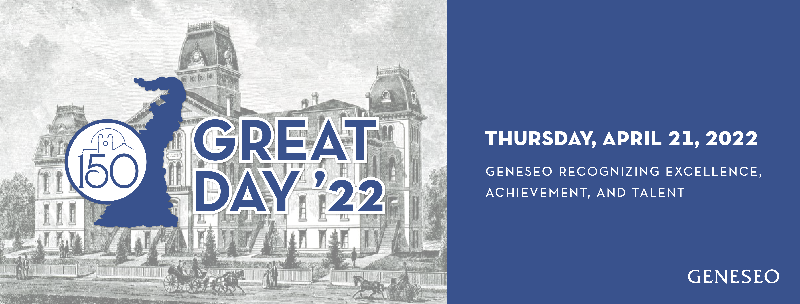
Submission Type
Poster
Start Date
4-21-2022
Abstract
The Earth has endured years of damage caused by an overuse of fossil fuels. To combat the damage, biofuels have become of interest as an alternative energy source. Biofuels represent an economical and often overlooked alternative to fossil fuels. Efforts have been geared toward the use of food sources such as corn as a first generation biofuel. Although first generation biofuels aid in curbing greenhouse gas emissions, they lead to increasing food prices, which negatively impacts developing countries. This project focuses on the use of one of the most abundant and readily available biomass, rice husks as biofuel feedstock. Second generation biofuels are also relatively inexpensive. The outermost layer that is separated from the rice grains during the milling process is usually thrown away as a waste product. Rice husks are ideal as a biofuel feedstock, because they're cheap if not free, and they have the power to curb greenhouse gas emissions. One of the greatest challenges in conversion of feedstock into biofuel is how to break the biomass down; a process termed pretreatment. For this project, a unique class of solvents, ionic liquids, are employed in the pretreatment process. An ionic liquid (1-Butyl-3-methylimidazolium chloride) was used for the pretreatment of the rice husks to yield glucose. The amount of glucose obtained is then quantified using refractometry, and DNS analyses. From this, it is then possible to determine how efficient rice husks are as second generation biofuel. The results are presented and discussed herewith.
Recommended Citation
Vogler, Dineen and Lepore, Valerie, "241 -- Investigating the Promise of Lignocellulosic Biofuels: Rice Husks as a Non-Human Feedstock" (2022). GREAT Day Posters. 86.
https://knightscholar.geneseo.edu/great-day-symposium/great-day-2022/posters-2022/86
241 -- Investigating the Promise of Lignocellulosic Biofuels: Rice Husks as a Non-Human Feedstock
The Earth has endured years of damage caused by an overuse of fossil fuels. To combat the damage, biofuels have become of interest as an alternative energy source. Biofuels represent an economical and often overlooked alternative to fossil fuels. Efforts have been geared toward the use of food sources such as corn as a first generation biofuel. Although first generation biofuels aid in curbing greenhouse gas emissions, they lead to increasing food prices, which negatively impacts developing countries. This project focuses on the use of one of the most abundant and readily available biomass, rice husks as biofuel feedstock. Second generation biofuels are also relatively inexpensive. The outermost layer that is separated from the rice grains during the milling process is usually thrown away as a waste product. Rice husks are ideal as a biofuel feedstock, because they're cheap if not free, and they have the power to curb greenhouse gas emissions. One of the greatest challenges in conversion of feedstock into biofuel is how to break the biomass down; a process termed pretreatment. For this project, a unique class of solvents, ionic liquids, are employed in the pretreatment process. An ionic liquid (1-Butyl-3-methylimidazolium chloride) was used for the pretreatment of the rice husks to yield glucose. The amount of glucose obtained is then quantified using refractometry, and DNS analyses. From this, it is then possible to determine how efficient rice husks are as second generation biofuel. The results are presented and discussed herewith.


Comments
Sponsored by Barnabas Gikonyo